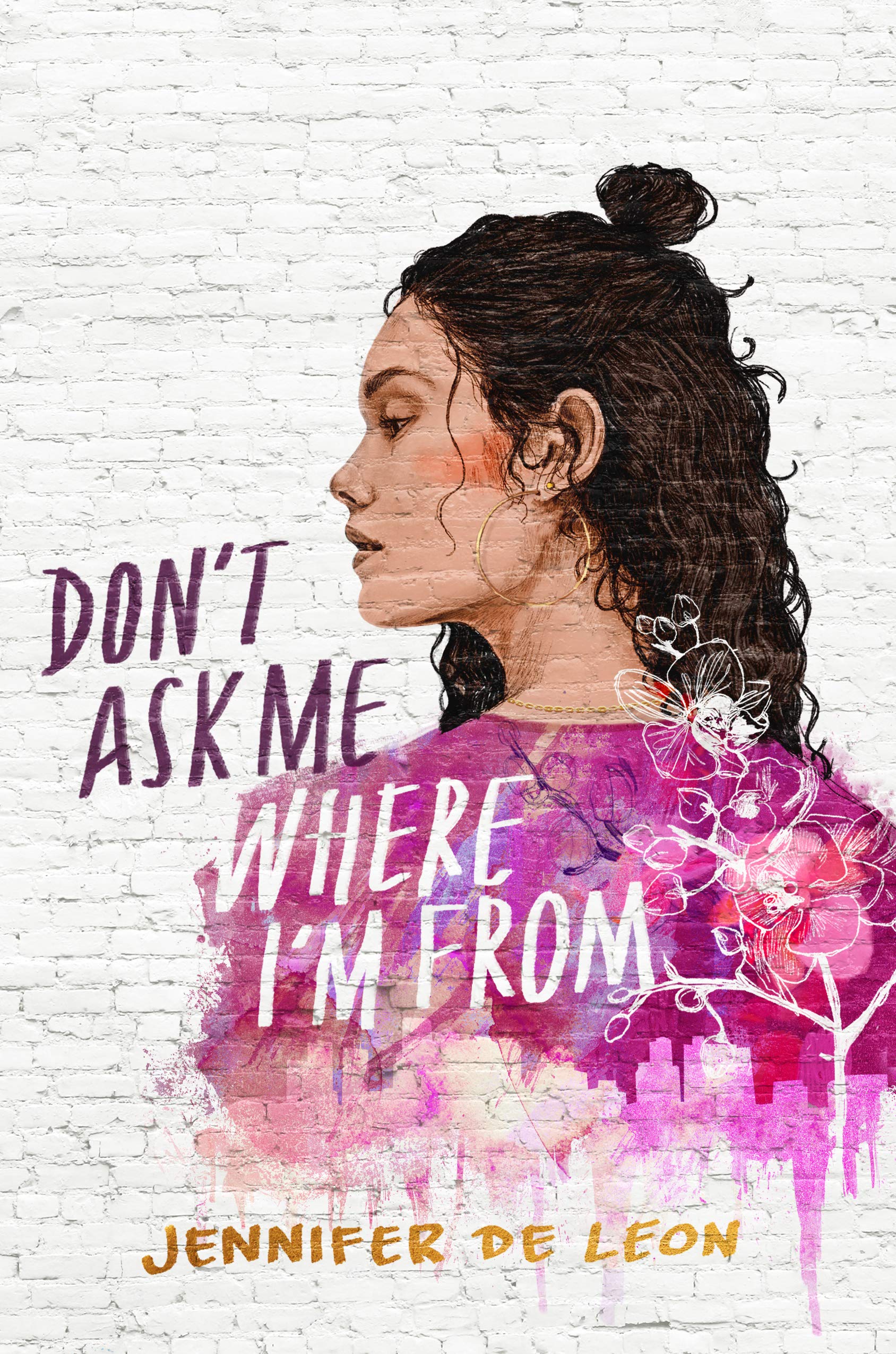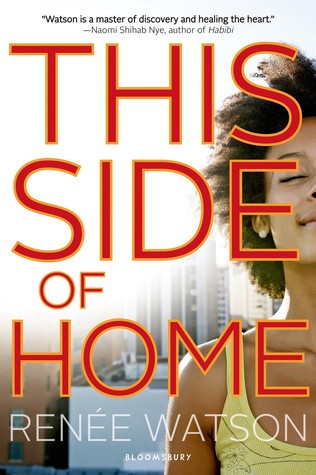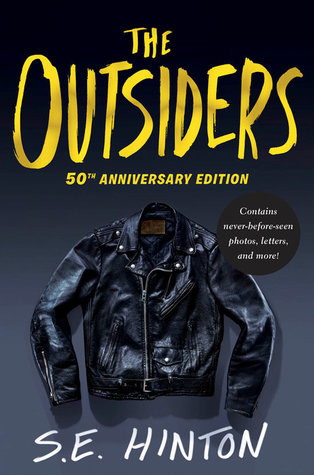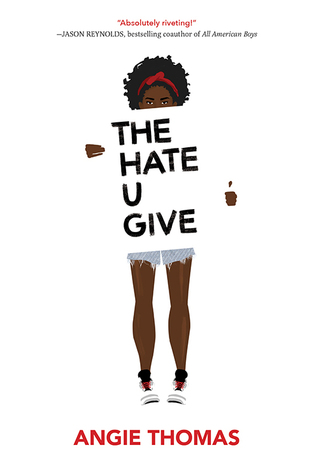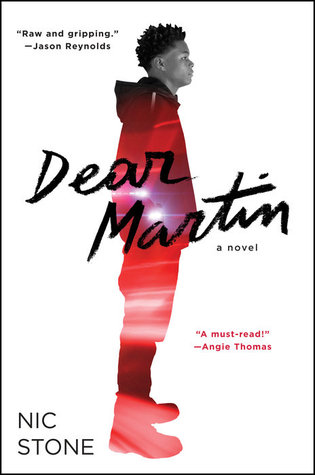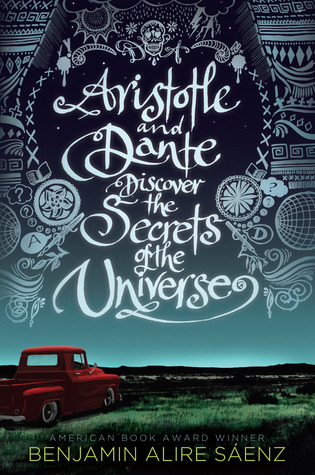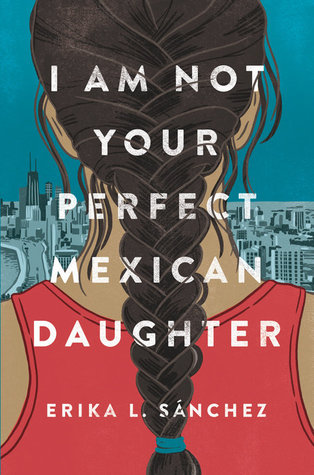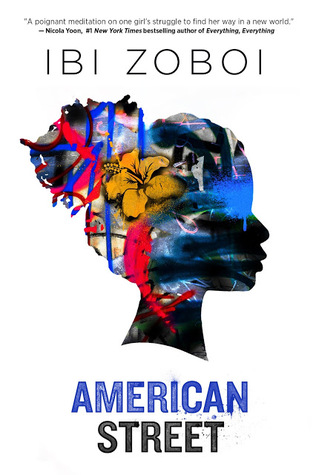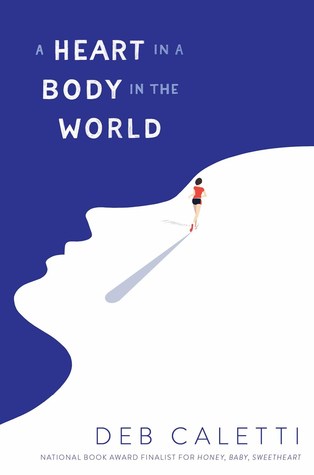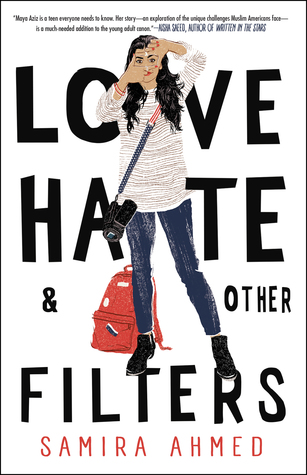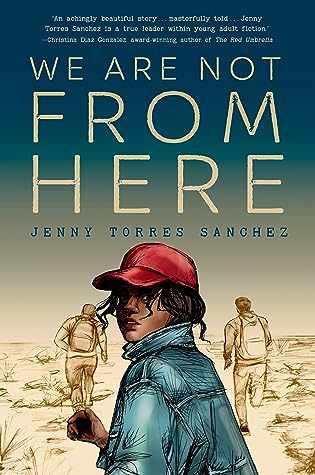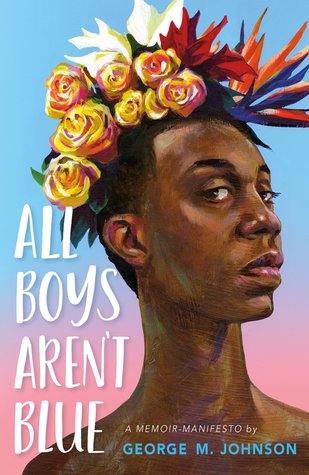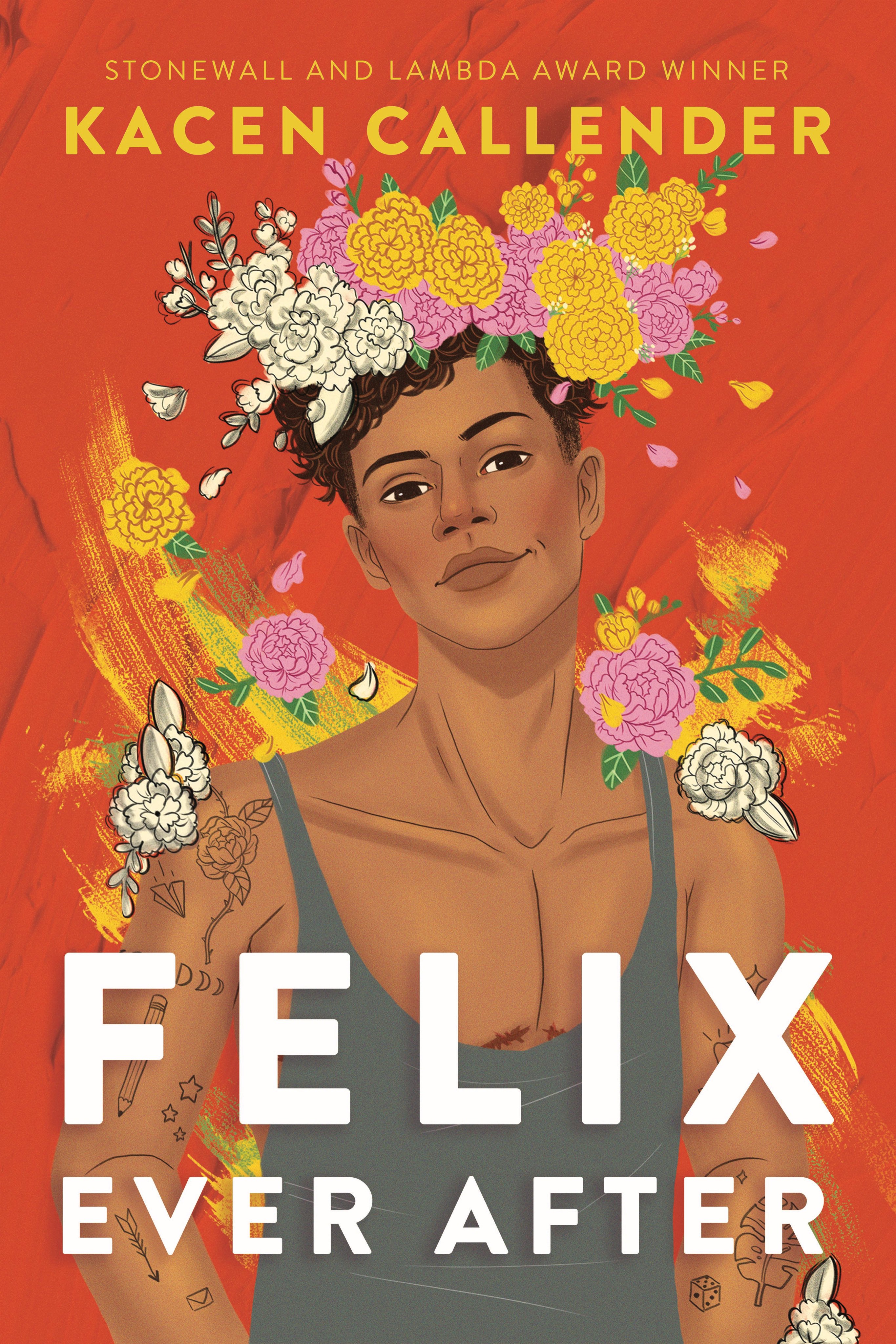Jennifer De Leon Celebrates Trailblazing YA Literature

Contemporary young adult literature has often led the way in depicting the real-life issues facing teens from all backgrounds. To delve into how this genre has evolved, we asked author and teacher Jennifer De Leon to reflect on recent boundary-breaking YA fiction from her perspective as an educator, a writer, and a reader.
De Leon spent a decade teaching in the Boston Public School system and now teaches English at Framingham State University. She received the Walter Dean Myers Grant, awarded by We Need Diverse Books, in 2016, and was the 2015–2016 Writer-in-Residence at the Boston Public Library. Her highly anticipated debut young adult novel, Don’t Ask Me Where I’m From, hits shelves this summer.
De Leon spent a decade teaching in the Boston Public School system and now teaches English at Framingham State University. She received the Walter Dean Myers Grant, awarded by We Need Diverse Books, in 2016, and was the 2015–2016 Writer-in-Residence at the Boston Public Library. Her highly anticipated debut young adult novel, Don’t Ask Me Where I’m From, hits shelves this summer.
I didn’t grow up with books. The only ones in our house were the Bible and the Yellow Pages. I did grow up surrounded by stories—in the kitchen, in the car, in English, in Spanish. Looking back now, I realize how much I learned about plot and pacing, dialogue and character, from the storytelling in my upbringing.
Books entered my life for real when I was in the third grade. My elementary school organized a read-a-thon where each student had a paper cut out of a sneaker with our name and grade written on it and with every book we read we “traveled” across a giant map of the United States. I became addicted to watching my little sneaker move across the bulletin board in the lobby—and to reading.
I think about that map from time to time. How it gelled forever in my mind the connection between reading and traveling. Books are, in so many ways, an escape to someplace else, to other worlds and situations. We experience setbacks and victories with characters as real to us as the shoes on our feet.
But the books I read and the characters I followed as a young reader never looked like me, definitely didn’t talk like me, and I never saw myself or my family or our situations depicted on the page. So as much as I enjoyed the journey to a ski lodge with sister twins, or relished in the gossip of a group of girls who babysat, I longed for the familiar and to reach, in books, a version of home.
Skipping forward a couple of decades I found myself with this same longing. Only this time I was trying to find books for my students at an urban public school in Boston. And this time, thankfully, I had more choices. As an educator I searched for stories that could be windows and mirrors for my students. In their own lives they were experiencing gentrification, bullying, immigration, all the while coming of age and grappling with identity—sex, gender, race, ethnicity—in ever-changing bodies and minds and attitudes. They had questions and they had frustrations.
So I searched for literature that could offer light and hope, even in the heaviest of topics.
Within my ten-year span of teaching, I noticed major changes in the types of YA novels that were being published. Each year in my English classroom we read The Outsiders by S.E. Hinton, which was a recommended text and one that always kept my students’ attention, for sure. I mean, there is a reason this particular title published in 1967 ignited the first golden age early on in the life span of what is still a relatively new category—YA Literature.
But when I taught This Side of Home by Renée Watson, I had hands flying, small groups discussing away (“Ooooh, Essence is gonna get it. Her mom said, If you don’t come home right now…I’m a have all your stuff outside on the sidewalk.”) I had students asking about Black heritage and HBCUs and fair housing laws, students in Boston, Massachusetts, talking about characters in a book set in Portland, Oregon, and the effects of gentrification on friendship and community. I was a proud teacher, and an inspired author, because all the while I was working on my own YA novel.
Aside from the mirror that particular scene in Watson’s story gave my students, it also gave me permission to write my book in the most truthful way I could. Meet Liliana Cruz, age 15. In my debut novel, Don’t Ask Me Where I’m From, Liliana navigates two worlds as she is bussed from her home in Boston to a predominantly white school in the suburbs as part of the METCO program. She’s someone trying to figure out the answers to many questions, and there are roadblocks on her path. I wanted to write a book, the book, I needed as a young person, a book in which the main character realizes that her background and culture and where she’s from is not a burden or something to hide, but rather something to celebrate.
So I hit pause on teaching when I earned a fellowship from the Associates of the Boston Public Library to work on my YA novel. I was thrilled to be working on a YA novel during a time when the We Need Diverse Books movement was sparking much-needed conversations across the country. And I had no shortage of examples of books I wanted my own to live beside on the shelf someday. Books that pushed conversations, books that brought marginalized characters and their story lines to the center, books that went there. I began reading the way I had back when I had my name written in cursive on a little laminated sneaker.
That year Angie Thomas published The Hate U Give, a book that stamped publishing forever, making it known that yes, the topics she addresses in the book are welcomed by readers (lots of them). This was a time when the stack of books on my desk grew and grew: Dear Martin by Nic Stone, Aristotle & Dante Discover the Secrets of the Universe by Benjamin Alire Sáenz, I Am Not Your Perfect Mexican Daughter by Erika L. Sánchez.
Each week I added to it: American Street by Ibi Zoboi, A Heart in a Body in the World by Deb Caletti, Love, Hate, and Other Filters by Samira Ahmed, everything by Jason Reynolds, everything by An Na.
If YA literature, formerly known as “realistic fiction for teens” is just that, realistic, then it makes sense that the stories depicted have stretched to include what is reality for so many teens—police brutality, racism, body image, alcoholism, murder, toxic masculinity, gun laws, drugs, in addition to love and family and friendship. But why has YA led the way when it comes to embracing—and pushing—the conversations we need most?
But the books I read and the characters I followed as a young reader never looked like me, definitely didn’t talk like me, and I never saw myself or my family or our situations depicted on the page. So as much as I enjoyed the journey to a ski lodge with sister twins, or relished in the gossip of a group of girls who babysat, I longed for the familiar and to reach, in books, a version of home.
Skipping forward a couple of decades I found myself with this same longing. Only this time I was trying to find books for my students at an urban public school in Boston. And this time, thankfully, I had more choices. As an educator I searched for stories that could be windows and mirrors for my students. In their own lives they were experiencing gentrification, bullying, immigration, all the while coming of age and grappling with identity—sex, gender, race, ethnicity—in ever-changing bodies and minds and attitudes. They had questions and they had frustrations.
So I searched for literature that could offer light and hope, even in the heaviest of topics.
Within my ten-year span of teaching, I noticed major changes in the types of YA novels that were being published. Each year in my English classroom we read The Outsiders by S.E. Hinton, which was a recommended text and one that always kept my students’ attention, for sure. I mean, there is a reason this particular title published in 1967 ignited the first golden age early on in the life span of what is still a relatively new category—YA Literature.
But when I taught This Side of Home by Renée Watson, I had hands flying, small groups discussing away (“Ooooh, Essence is gonna get it. Her mom said, If you don’t come home right now…I’m a have all your stuff outside on the sidewalk.”) I had students asking about Black heritage and HBCUs and fair housing laws, students in Boston, Massachusetts, talking about characters in a book set in Portland, Oregon, and the effects of gentrification on friendship and community. I was a proud teacher, and an inspired author, because all the while I was working on my own YA novel.
Aside from the mirror that particular scene in Watson’s story gave my students, it also gave me permission to write my book in the most truthful way I could. Meet Liliana Cruz, age 15. In my debut novel, Don’t Ask Me Where I’m From, Liliana navigates two worlds as she is bussed from her home in Boston to a predominantly white school in the suburbs as part of the METCO program. She’s someone trying to figure out the answers to many questions, and there are roadblocks on her path. I wanted to write a book, the book, I needed as a young person, a book in which the main character realizes that her background and culture and where she’s from is not a burden or something to hide, but rather something to celebrate.
So I hit pause on teaching when I earned a fellowship from the Associates of the Boston Public Library to work on my YA novel. I was thrilled to be working on a YA novel during a time when the We Need Diverse Books movement was sparking much-needed conversations across the country. And I had no shortage of examples of books I wanted my own to live beside on the shelf someday. Books that pushed conversations, books that brought marginalized characters and their story lines to the center, books that went there. I began reading the way I had back when I had my name written in cursive on a little laminated sneaker.
That year Angie Thomas published The Hate U Give, a book that stamped publishing forever, making it known that yes, the topics she addresses in the book are welcomed by readers (lots of them). This was a time when the stack of books on my desk grew and grew: Dear Martin by Nic Stone, Aristotle & Dante Discover the Secrets of the Universe by Benjamin Alire Sáenz, I Am Not Your Perfect Mexican Daughter by Erika L. Sánchez.
Each week I added to it: American Street by Ibi Zoboi, A Heart in a Body in the World by Deb Caletti, Love, Hate, and Other Filters by Samira Ahmed, everything by Jason Reynolds, everything by An Na.
If YA literature, formerly known as “realistic fiction for teens” is just that, realistic, then it makes sense that the stories depicted have stretched to include what is reality for so many teens—police brutality, racism, body image, alcoholism, murder, toxic masculinity, gun laws, drugs, in addition to love and family and friendship. But why has YA led the way when it comes to embracing—and pushing—the conversations we need most?
For a few reasons, I think. First, teens are professional bullshit detectors. They live in the real world, so the page should reflect that, too. They don’t need life sugar-coated; instead, they’re hungry for validation. Second, teens are trailblazers. They are forging new paths in a modern world, and we owe it to them to do justice with the art we deliver where they are the main characters. Third, young people have inherited a society that is fraught with injustice, and so on some level, they are already engaged with current events.
Literature that depicts these struggles—and triumphs—can offer insight, and yes, entertainment. YA books that push the envelope also provide opportunities for connection among readers of varying backgrounds. The YA readers I have met are always enthusiastic and ready to talk books in a way that is different in the adult literary landscape. So when it comes to current events, complicated topics, and providing representation for a range of identities and experiences—YA can handle it. I often laugh when people ask, “Can you do that in YA?” I think, Have you read Courtney Summers?
This is why I am thrilled—and not surprised—to see YA titles like We Are Not From Here by Jenny Torres Sanchez, in which three teenagers from Guatemala follow the route of La Bestia, the perilous train system that moves through Mexico to the U.S. border, in search of a better life, and Felix Ever After by Kacen Callender—a YA novel about a transgender teen grappling with identity and self-discovery while falling in love for the first time.
Furthermore, because die-hard YA fans know that YA is not a genre, but a category, and that within this category there is fiction (of course), but also poetry and books in verse and YA memoir, they will be thrilled to read All Boys Aren’t Blue by George M. Johnson—a YA memoir that chronicles Johnson’s childhood, adolescence, and college years as a Black queer youth, exploring subjects ranging from gender identity and toxic masculinity to structural marginalization and Black joy.
YA books are ones that continue to explore issues of relevance to the real lives of teen readers, ones that expand what a story is allowed to tell as well as who gets to tell it. We still have a long way to go, but along the way, there is much to celebrate.
Jennifer De Leon’s debut novel, Don’t Ask Me Where I’m From, will be available in the U.S. on August 18. Be sure to add it to your Want to Read shelf!
Comments Showing 1-8 of 8 (8 new)
date newest »
newest »
 newest »
newest »
message 1:
by
Emily
(new)
Aug 12, 2020 08:52AM
 So many books to add to the list, so much to learn and take in. I can't wait!
So many books to add to the list, so much to learn and take in. I can't wait!
reply
|
flag
 Loved this article! Thank you for describing the feelings I've had for YA these past couple of years. It's been great seeing how diverse the books have become when just five/six years ago I struggled to find diverse books in my high school library.
Loved this article! Thank you for describing the feelings I've had for YA these past couple of years. It's been great seeing how diverse the books have become when just five/six years ago I struggled to find diverse books in my high school library.
 I got to meet the Author of Dear Martin and her books are so good! I love most of the ones I've read so far!
I got to meet the Author of Dear Martin and her books are so good! I love most of the ones I've read so far!

